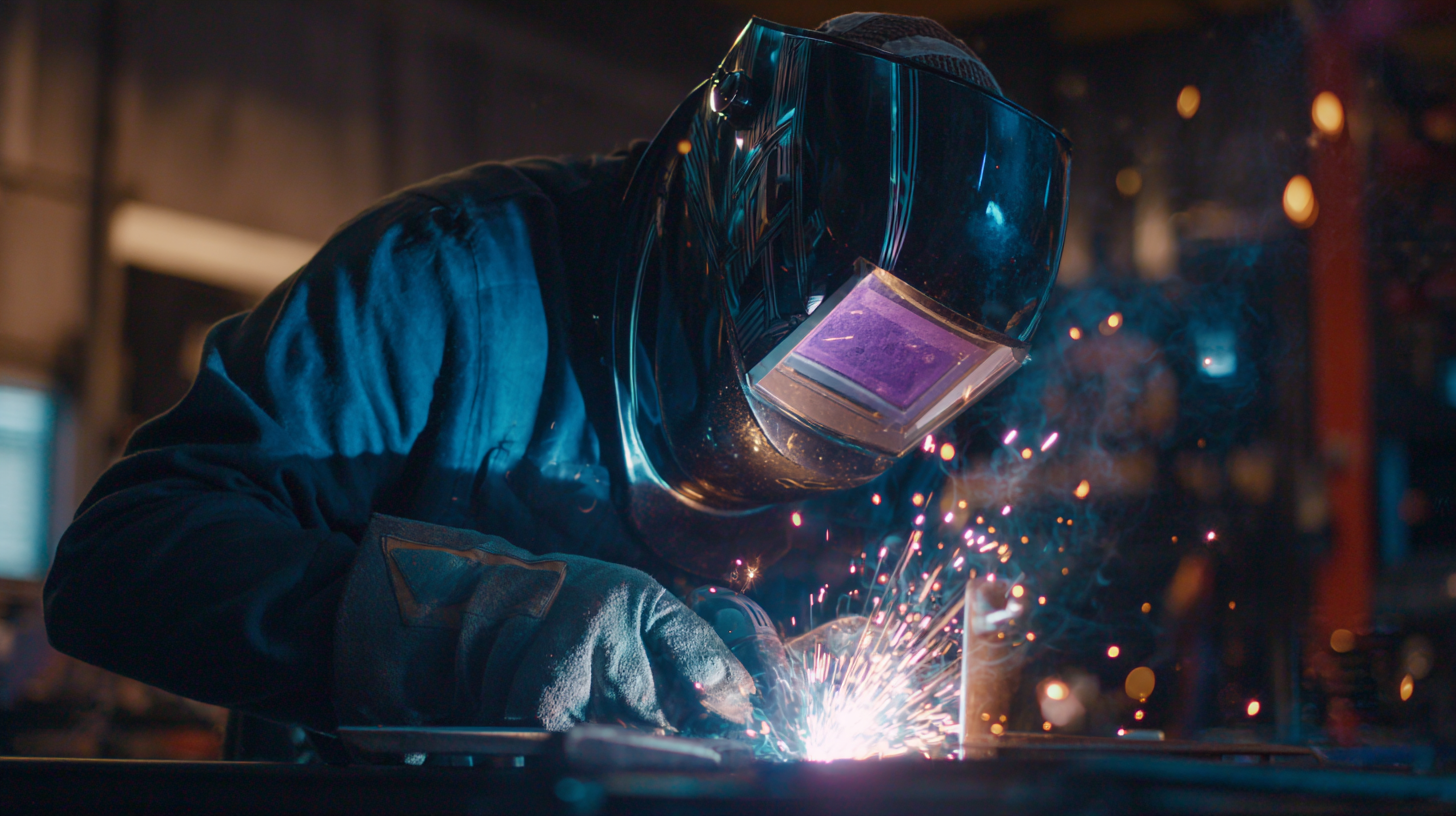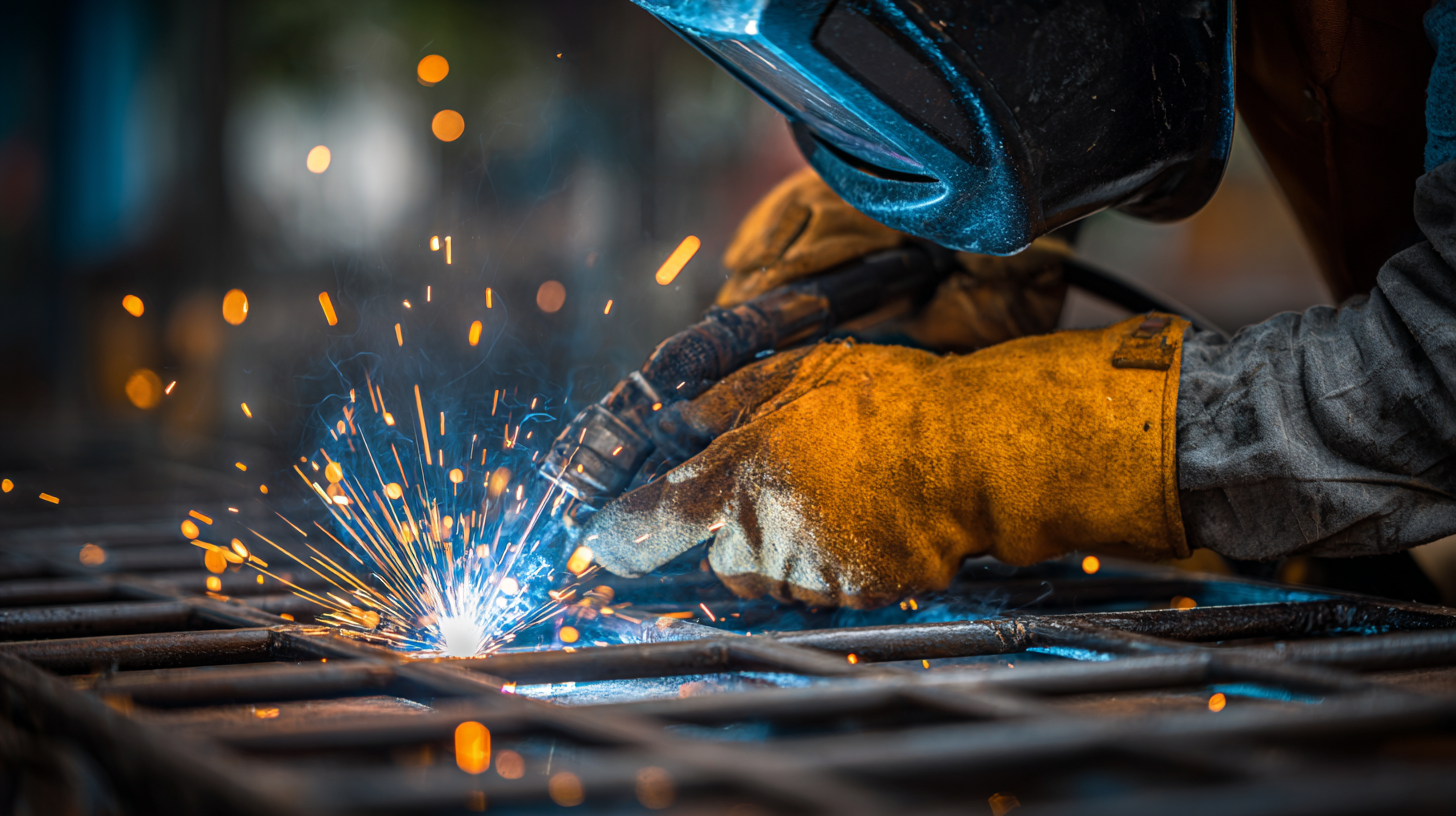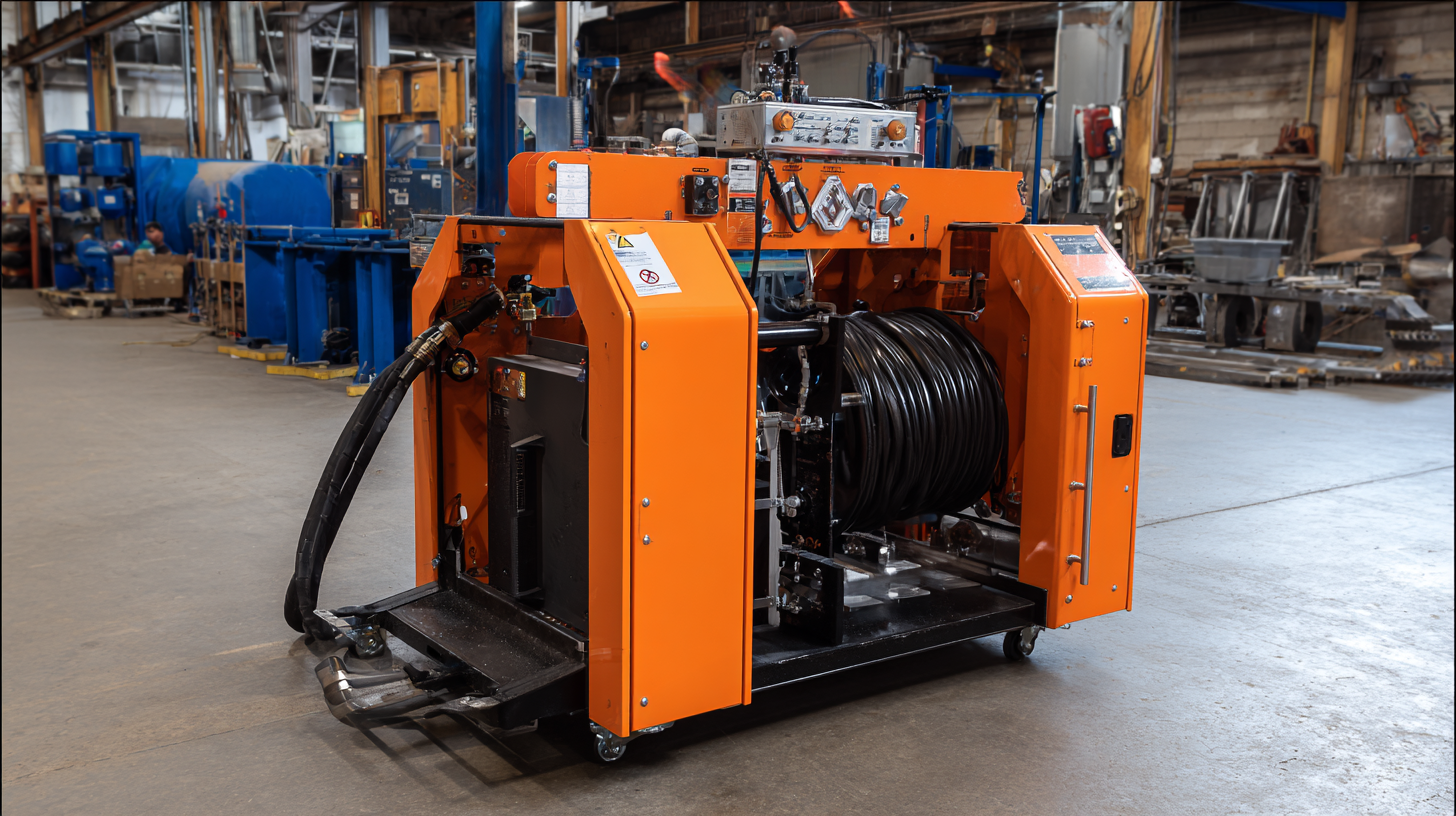In the realm of industrial coatings, the use of Arc Spraying Equipment has become increasingly prevalent due to its efficiency and versatility in surface enhancement. According to a report by Allied Market Research, the global thermal spray coatings market is projected to reach $12.2 billion by 2025, with arc spraying being a significant contributor to this growth due to its cost-effectiveness and ability to achieve superior adhesion in various applications. However, industries employing this technology often encounter challenges such as inconsistent coating quality, equipment wear, and the need for skilled operators. Understanding these common hurdles is essential for optimizing performance and achieving desired outcomes. This tutorial aims to explore the prevalent challenges associated with Arc Spraying Equipment and offers practical solutions to enhance operational efficiency and product quality.

 Arc spraying equipment plays a crucial role in various industries by providing a scalable surface engineering technique that enhances or restores the functionality of solid surfaces. This method is widely recognized for its versatility in applications such as aerospace, medical devices, and corrosion protection. Industries increasingly rely on thermal spray coatings, including arc spraying, for improving the performance and durability of components exposed to harsh environments. Recent advancements highlight the potential of thermal spray coatings in specialized applications like electrolysers for hydrogen production, showcasing their functional properties and effectiveness in enhancing efficiency.
Arc spraying equipment plays a crucial role in various industries by providing a scalable surface engineering technique that enhances or restores the functionality of solid surfaces. This method is widely recognized for its versatility in applications such as aerospace, medical devices, and corrosion protection. Industries increasingly rely on thermal spray coatings, including arc spraying, for improving the performance and durability of components exposed to harsh environments. Recent advancements highlight the potential of thermal spray coatings in specialized applications like electrolysers for hydrogen production, showcasing their functional properties and effectiveness in enhancing efficiency.
Despite the advantages, challenges persist in the use of arc spraying equipment. These include issues related to surface preparation, coating uniformity, and the technical complexities of the equipment itself. As manufacturers strive to overcome these hurdles, innovations in equipment design and material development continue to emerge, facilitating better performance and greater adaptability across various applications.
The thermal spray market is anticipated to grow, prompting further exploration into effective techniques and methodologies that ensure optimal outcomes for industries dependent on reliable and high-quality coatings.
In the realm of arc spraying, operators frequently encounter various challenges that can impede efficiency and product quality. One of the most prevalent issues is equipment downtime caused by regular maintenance and repairs. With intricate components subject to wear and tear, it is crucial to implement a robust maintenance schedule that includes routine inspections and prompt replacements of worn parts. Additionally, investing in high-quality materials and components can substantially reduce the frequency of failures, ultimately enhancing the reliability of the spraying process.
Another common operational challenge revolves around inconsistent spray patterns, which can result from improper settings or inadequate operator training. Variability in the distance from the nozzle to the substrate, as well as fluctuations in arc voltage and amperage, can significantly affect the coating's uniformity. To mitigate these problems, thorough training programs for operators should be established, emphasizing the importance of consistent technique and adjustment of equipment settings. Moreover, utilizing advanced monitoring technology can provide real-time feedback, allowing for immediate adjustments that help maintain the desired spray characteristics. By addressing these operational challenges proactively, businesses can improve their arc spraying processes, leading to higher quality outputs and more efficient production cycles.
When it comes to maintaining arc spraying equipment, adherence to best practices is crucial to ensure efficiency and longevity. One primary aspect is regular cleaning. Accumulated residue can affect the performance of the equipment, leading to inconsistent coatings. Make it a habit to clean the spray gun and other components after each use. Additionally, using the correct cleaning agents can prevent damage to sensitive parts.
Another significant factor in maintenance is inspections. Periodically check for wear and tear on critical components such as the nozzle and feed system. Identify any signs of corrosion or build-up that could hinder operation. Early detection of these issues allows you to proactively replace parts before more significant problems arise. It’s also advisable to keep a maintenance log to track the condition and service history of your equipment.
For troubleshooting, understanding common challenges can save time and resources. If you notice inconsistent spray patterns, consider checking the air pressure and feed rate. Adjusting these parameters can often resolve the issue. Also, ensure that the power supply is stable as fluctuations can negatively impact performance. Remember, proper training for operators in both maintenance and troubleshooting can significantly enhance the operational efficiency of arc spraying equipment.

Arc spraying is a versatile technique that provides numerous advantages in surface coating applications, but it also presents its own set of challenges. One common issue is achieving uniform coating thickness. To enhance efficiency and quality, implementing automated systems can significantly reduce human error. Automated guns ensure consistent feed rates and spraying distances, leading to more uniform coatings.
Another challenge is dealing with the oxidation of materials during the spraying process. High temperatures can cause rapid oxidation, leading to poor adhesion and coating performance. A practical tip to mitigate this is to use inert gas solutions alongside the arc spraying process. For instance, integrating argon or nitrogen can help create an oxygen-free environment, significantly enhancing the quality and durability of the coatings.
Finally, equipment maintenance is crucial for optimal performance. Regularly scheduled maintenance checks and using high-quality consumables can minimize downtime and improve the lifespan of your arc spraying equipment. Investing in training for operators increases their proficiency, ensuring they can troubleshoot minor issues quickly, thus saving time and resources in the long run.
The implementation of arc spraying technology has transformed various industries, showcasing its effectiveness through several case studies. For instance, in the automotive sector, a leading manufacturer utilized arc spraying to enhance the wear resistance of engine components. This not only extended the lifespan of the parts but also reduced maintenance costs significantly. By integrating arc spraying, the company achieved a remarkable increase in production efficiency, demonstrating the potential impact of this innovative technique.
In the aerospace industry, a well-known aircraft manufacturer faced surface degradation issues due to the harsh operating environment of their engines. They employed arc spraying to apply a protective coating that improved both durability and performance. This strategic decision led to a reduction in failure rates and downtime, proving that the right application of arc spraying equipment can drive operational success.
**Tips:** To maximize the benefits of arc spraying, it's crucial to select the appropriate material for the specific application. Conducting thorough pre-application surface preparations can also help ensure better adhesion and longevity of the coatings. Lastly, continuous monitoring of spraying parameters can aid in maintaining quality and efficiency throughout the process.
| Challenge | Impact | Solutions | Result |
|---|---|---|---|
| Inconsistent Coating Quality | Results in increased maintenance and reduced component lifespan. | Regular calibration of the equipment and operator training. | Significantly improved consistency and reduced maintenance costs. |
| Equipment Wear and Tear | Increases downtime and repair costs. | Implementation of a regular maintenance schedule and using high-durability materials. | Decreased downtime and extended equipment lifespan. |
| Poor Operator Skill Level | Can lead to subpar application and unreliable coating characteristics. | Comprehensive training programs and simulations. | Enhanced operator competence and improved coating quality. |
| Environmental Conditions | Affects coating adhesion and curing processes. | Utilization of enclosed spraying environments and climate control systems. | Consistent coating outcomes regardless of outdoor conditions. |
TradeManager
Teams
VKontakte


